
The Ultimate Guide to Load-Bearing Wall Removal in SF
Are you considering load-bearing wall removal in San Francisco? This comprehensive guide covers all the essential aspects you need to know before embarking on this significant home renovation project.
When contemplating home renovations or remodeling projects, the removal of load-bearing walls is a major undertaking that requires careful planning, expert assessment, and adherence to local building regulations. In San Francisco, where space optimization is often a priority due to the high cost of real estate, the removal of load-bearing walls can greatly enhance the functionality and aesthetics of a property. However, it’s important to approach this task with a thorough understanding of the structural implications and necessary precautions.
What You’ll Learn about Load-Bearing Wall Removal in SF
- Importance of load-bearing walls and challenges in their removal.
- Understanding structural engineering assessment and reinforcement strategies for load-bearing wall removal.
- Permitting and regulations, project management, safety considerations, and environmental impact of load-bearing wall removal in San Francisco.
Importance of Load-Bearing Walls
Load-bearing walls play a crucial role in supporting the structural integrity of a building. They carry the weight of the structure and distribute it to the foundation, ensuring stability and safety. Any modification or removal of load-bearing walls requires meticulous planning and professional oversight to prevent compromising the structural integrity of the property.
Challenges and Considerations
The removal of load-bearing walls presents unique challenges, including the need to redistribute structural loads, obtain appropriate permits, and ensure compliance with building codes. It’s essential to recognize the potential complexities and seek expert guidance to navigate these challenges effectively.
Specific Considerations for Load-Bearing Wall Removal in San Francisco
In the context of San Francisco, where seismic activity is a consideration, the removal of load-bearing walls must also account for the structural requirements to withstand potential earthquakes. This adds an additional layer of complexity and underscores the necessity of engaging professionals with expertise in seismic retrofitting and structural engineering.
| Consideration | Description |
|---|---|
| Seismic considerations | In San Francisco, seismic retrofitting and structural engineering expertise are essential due to seismic activity considerations. |
| Structural load redistribution | The need to redistribute structural loads after wall removal to maintain stability and safety. |
| Compliance with local building codes | Adherence to stringent building codes and permit requirements in San Francisco is crucial. |
| Preservation of structural integrity | Prioritizing the preservation of structural integrity during load-bearing wall removal. |
| Implementation of alternative support | The selection and installation of alternative support structures, such as beams and columns. |
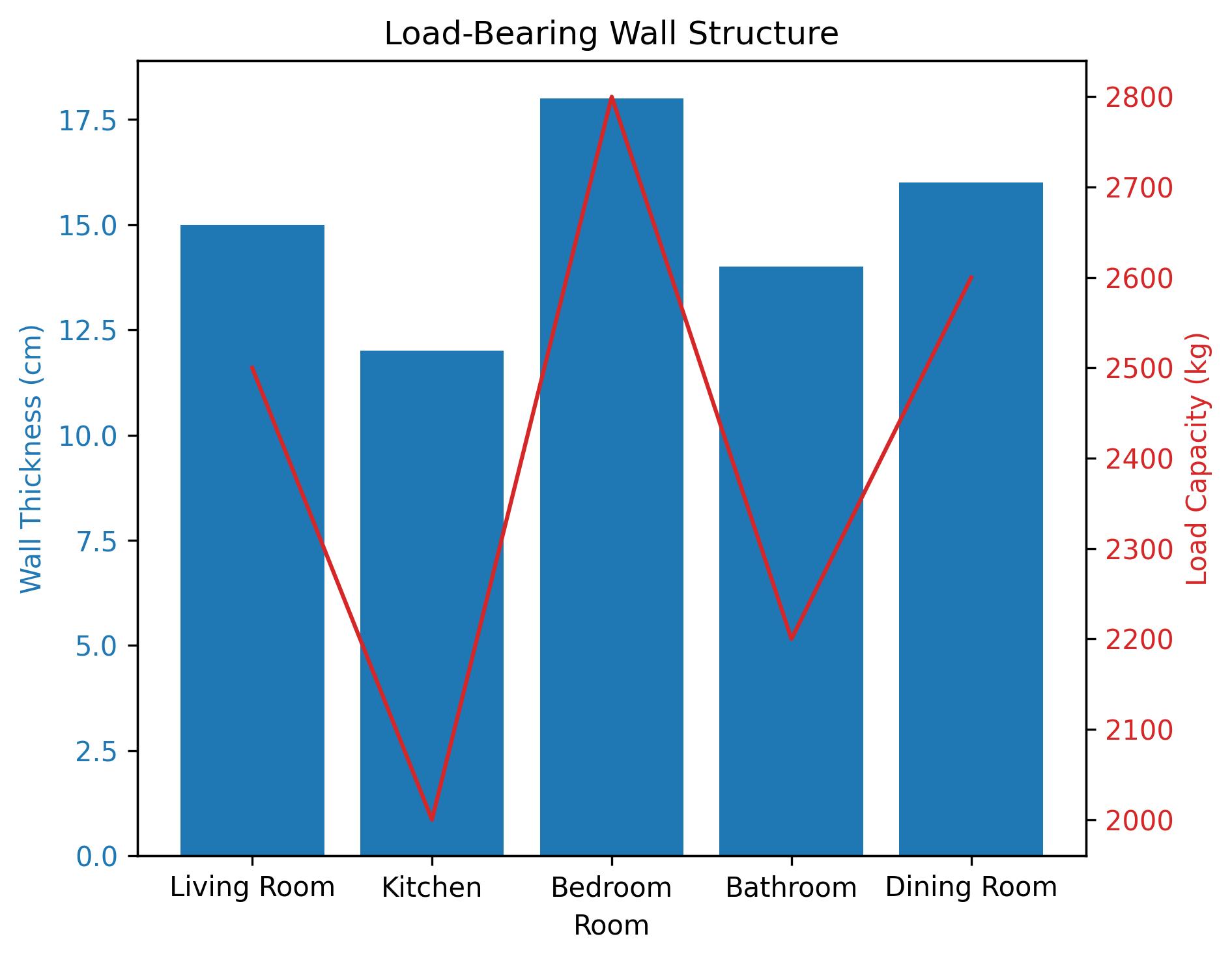
Understanding Load-Bearing Walls and Their Removal
Definition and Role of Load-Bearing Walls
Load-bearing walls are essential components of a building’s structural framework, providing crucial support and stability. Their removal involves careful assessment of the load distribution and the implementation of alternative support mechanisms to maintain structural integrity.
Benefits and Considerations of Load-Bearing Wall Removal
The removal of load-bearing walls can significantly enhance the open layout of a property, creating expansive living spaces and enabling innovative interior design concepts. However, it’s imperative to weigh these benefits against the structural implications and associated costs.
Impact on Property Value and Space Optimization
Property value can be positively impacted by the removal of load-bearing walls, as it can result in a more modern and desirable layout. Additionally, the optimization of space can lead to improved functionality and aesthetics, appealing to prospective buyers or enhancing the quality of life for occupants.
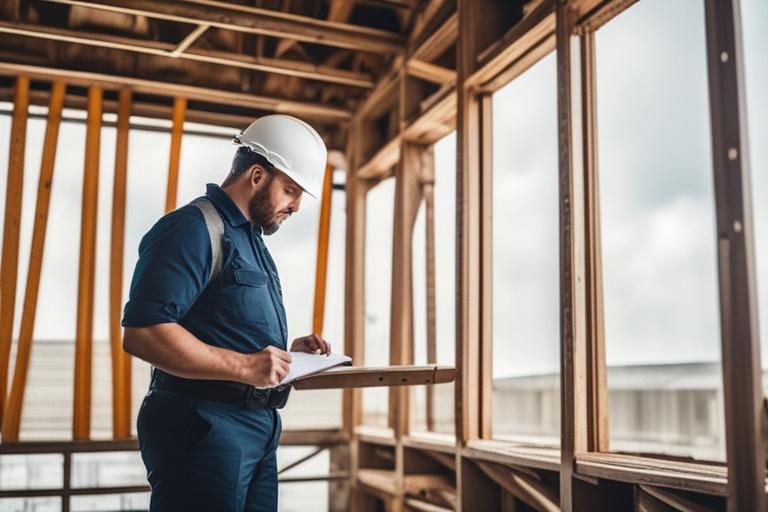
Structural Engineering Assessment for Load-Bearing Wall Removal
Before embarking on the removal of load-bearing walls, a comprehensive structural engineering assessment is indispensable to evaluate the feasibility and potential implications of the project.
Initial Assessment Process
The initial assessment involves a thorough examination of the building’s structural blueprints, an analysis of load-bearing elements, and the identification of any existing structural issues. This stage sets the foundation for the subsequent planning and execution phases.
Building Codes and Permits in San Francisco
San Francisco has stringent building codes and permit requirements aimed at ensuring structural safety and compliance with seismic regulations. Engaging a qualified structural engineer familiar with local regulations is crucial for navigating this aspect of the process.
Structural Integrity and Load-Bearing Wall Removal
The assessment must prioritize the preservation of structural integrity while exploring the possibilities for load-bearing wall removal. Factors such as seismic retrofitting, load redistribution, and the implementation of alternative support structures should be carefully evaluated to guarantee the stability and safety of the property.
Structural Calculations and Analysis for Load-Bearing Wall Removal
In this phase, precise calculations and in-depth analysis are conducted to determine the feasibility and implications of load-bearing wall removal.
Detailed Calculations for Feasibility
Structural engineers perform meticulous calculations to assess the load distribution, stress points, and the impact of load-bearing wall removal on the overall structural stability. These calculations are fundamental in devising a safe and effective removal plan.
Factors Affecting Load-Bearing Wall Removal
Various factors, including the building’s architectural design, material properties, and surrounding environmental conditions, can influence the approach to load-bearing wall removal. Each of these factors must be carefully accounted for in the planning and execution stages.
Load Redistribution Considerations
The redistribution of structural loads following the removal of load-bearing walls necessitates a strategic approach to ensure that the remaining structural elements can adequately support the transferred loads. This involves the selection and installation of appropriate support mechanisms, such as beams and columns, to maintain stability.
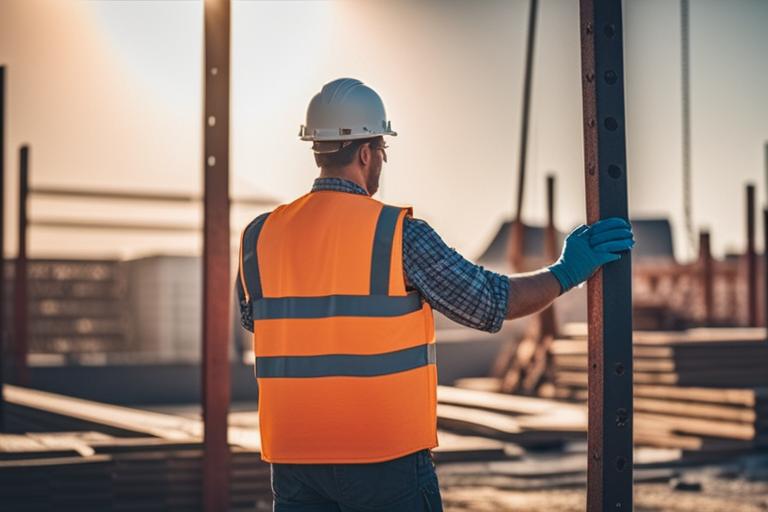
Reinforcement Strategies and Techniques for Load-Bearing Wall Removal
The successful removal of load-bearing walls hinges on the implementation of robust reinforcement strategies and techniques to guarantee structural stability.
Use of Beams, Columns, and Support Elements
Support elements such as beams and columns are commonly employed to compensate for the load-bearing function of removed walls. The selection and installation of these elements demand meticulous engineering expertise to ensure seamless load distribution.
Techniques for Ensuring Structural Stability
In addition to support elements, specialized techniques such as underpinning and the introduction of steel frameworks may be employed to reinforce the structural framework and mitigate the impact of load-bearing wall removal on the building’s stability.
Professional Guidance and Best Practices
Engaging experienced structural engineers and construction professionals is essential for implementing reinforcement strategies and techniques effectively. Their guidance and adherence to best practices are instrumental in achieving the desired outcomes while upholding safety standards.
Permitting and Regulations for Load-Bearing Wall Removal in San Francisco
Navigating the permitting and regulatory aspects of load-bearing wall removal in San Francisco is a critical phase that demands meticulous attention to local building codes and zoning laws.
Specific Permitting Processes
The process of obtaining permits for load-bearing wall removal involves comprehensive documentation of structural plans, engineering assessments, and adherence to local regulations. Engaging professionals familiar with the permitting process streamlines this phase.
Local Building Codes and Zoning Laws
San Francisco’s building codes and zoning laws encompass provisions related to structural modifications and seismic considerations. Compliance with these regulations is imperative for legal and safety reasons.
Legal Considerations and Compliance
Ensuring compliance with legal requirements and building codes mitigates the risk of encountering legal complications post-removal. Prioritizing legal considerations from the outset of the project is essential for a smooth and legally sound process.
Project Management and Construction for Load-Bearing Wall Removal
The coordination of project management and construction efforts is pivotal for the successful execution of load-bearing wall removal projects.
Coordination with Contractors and Professionals
Effective coordination with contractors, structural engineers, and construction professionals is essential for ensuring the seamless integration of structural modifications and the installation of reinforcement elements.
Construction Process and Timeline
The construction process involves the precise execution of engineering plans, the installation of support elements, and ongoing inspections to guarantee the structural integrity of the property. Adhering to a well-defined timeline is crucial for project efficiency.
Quality Assurance and Safety Measures
Quality assurance measures, including rigorous inspections and adherence to safety protocols, are paramount throughout the construction phase. Prioritizing safety ensures the well-being of occupants and the longevity of the structural modifications.
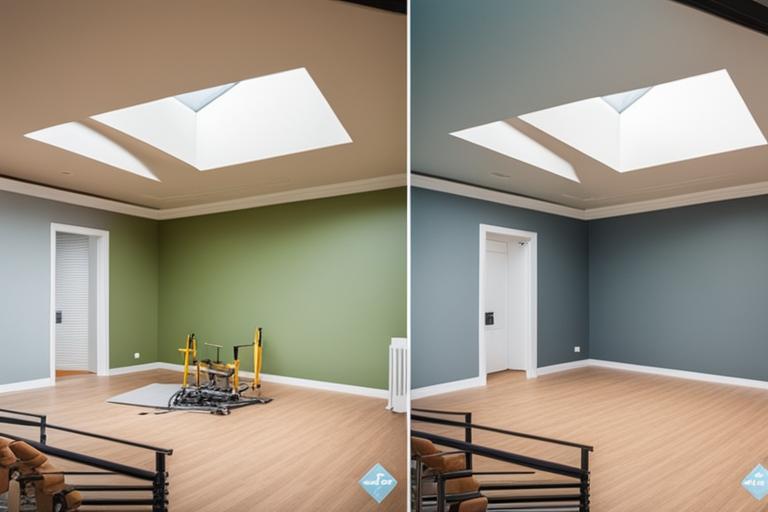
Case Studies and Examples of Load-Bearing Wall Removal Projects in San Francisco
Examining real-life case studies provides valuable insights into the challenges, solutions, and outcomes associated with load-bearing wall removal projects.
Real-life Projects and Their Outcomes
Case studies offer a glimpse into the diverse scenarios and outcomes of load-bearing wall removal projects, shedding light on the approaches taken, the challenges encountered, and the results achieved.
Real-Life Project Experience: Overcoming Load-Bearing Wall Removal Challenges
Sarah’s Story
Sarah and her husband, John, recently purchased a fixer-upper in San Francisco with the intention of creating an open-concept living space. They were excited about the project but soon realized that removing a load-bearing wall was necessary to achieve their vision. They consulted with several contractors and structural engineers to understand the feasibility and potential challenges.
Finding the Right Professionals
After thorough research, Sarah and John hired a reputable structural engineer, Michael Johnson, who conducted a detailed assessment of the property. Michael provided them with a comprehensive plan for safely removing the load-bearing wall while ensuring structural integrity.
Challenges and Solutions
During the construction phase, unexpected complications arose, requiring adjustments to the initial plan. With Michael’s expertise and guidance, they implemented reinforcement strategies using steel beams and columns to redistribute the load effectively. Despite the challenges, the project was successfully completed within the projected timeline.
Impact on Property Value and Satisfaction
Upon completion, Sarah and John noticed a significant increase in the property’s value due to the enhanced open layout. The successful removal of the load-bearing wall not only transformed their living space but also provided valuable insights into the complexities and rewards of such a project.
This real-life experience highlights the importance of thorough planning, professional expertise, and adaptability when undertaking load-bearing wall removal in San Francisco.
Challenges, Solutions, and Lessons Learned
By delving into the challenges faced during load-bearing wall removal projects, as well as the innovative solutions devised, valuable lessons can be gleaned for future projects.
Impact on Property Value and Structural Integrity
Analyzing the impact of load-bearing wall removal on property value and structural integrity provides valuable insights for property owners and professionals involved in similar projects.
Safety Considerations and Risk Mitigation Strategies for Load-Bearing Wall Removal
Ensuring safety protocols and effective risk mitigation strategies are indispensable components of load-bearing wall removal projects.
Safety Protocols and Best Practices
Prioritizing safety protocols, including the use of personal protective equipment, controlled demolition techniques, and hazard identification, safeguards the well-being of individuals involved in the removal process.
Use of Temporary Supports and Hazard Mitigation
The implementation of temporary supports and the systematic mitigation of potential hazards are integral to minimizing risks during the removal of load-bearing walls.
Ensuring Occupant Safety During the Removal Process
Communicating safety measures to occupants and implementing protective measures within the property environment are crucial for ensuring the safety of individuals residing in or around the construction site.
Environmental Impact and Sustainable Practices in Load-Bearing Wall Removal
Addressing the environmental impact and integrating sustainable practices into load-bearing wall removal projects aligns with the broader goals of environmentally conscious construction.
Waste Disposal Considerations
Proper waste disposal and recycling practices reduce the environmental footprint of load-bearing wall removal projects, contributing to sustainable construction practices.
Recycling of Materials and Sustainable Construction Practices
The recycling of materials salvaged from load-bearing wall removal projects, along with the utilization of sustainable construction practices, supports environmentally responsible project execution.
Minimizing Environmental Impact in Load-Bearing Wall Removal
Implementing strategies to minimize environmental impact, such as the reduction of construction-related emissions and the responsible management of resources, underscores a commitment to sustainable construction practices.
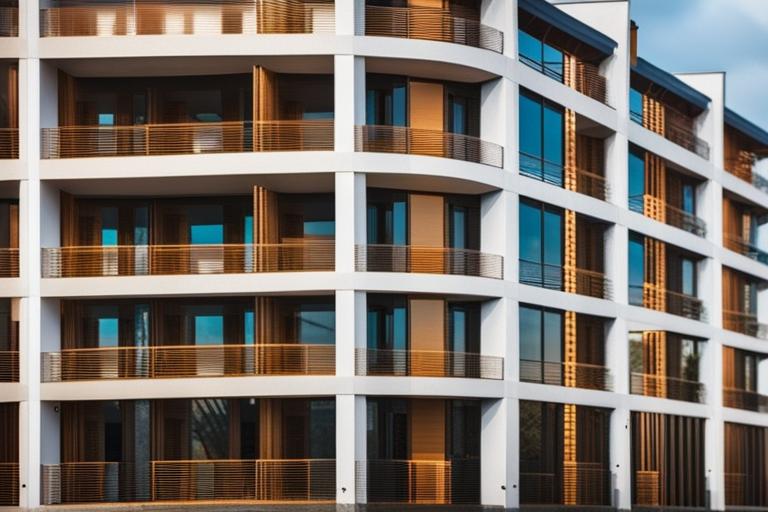
Future Trends, Innovations, and Emerging Practices in Load-Bearing Wall Removal
The evolving landscape of construction and engineering brings forth advancements and innovations that shape the future of load-bearing wall removal practices.
Advancements in Load-Bearing Wall Removal Techniques
Continuous advancements in engineering technologies and construction methodologies contribute to the refinement of load-bearing wall removal techniques, enhancing safety and efficiency.
Sustainable Construction Materials and Practices
The integration of sustainable construction materials and practices into load-bearing wall removal projects reflects a broader industry shift towards environmentally conscious construction solutions.
In conclusion, load-bearing wall removal in San Francisco is a complex yet rewarding endeavor that demands careful consideration of structural, regulatory, and environmental factors. By leveraging expert guidance, adhering to best practices, and prioritizing safety and sustainability, property owners can embark on successful load-bearing wall removal projects that enhance the functionality, aesthetics, and value of their properties.
FAQ
Who should I hire for load-bearing wall removal in SF?
You should hire a licensed structural engineer for safe load-bearing wall removal in SF.
What are the types of load-bearing walls in SF homes?
In SF homes, load-bearing walls can be made of wood, steel, or concrete.
How is load-bearing wall removal in SF typically done?
Load-bearing wall removal in SF involves proper structural analysis and reinforcement.
What are the common concerns about load-bearing wall removal?
Common concerns include structural integrity, permits, and potential impact on adjacent structures.
How can a structural engineer address load-bearing wall removal objections?
A structural engineer can address objections by providing detailed plans and ensuring compliance with building codes.
What permits are needed for load-bearing wall removal in SF?
Load-bearing wall removal in SF typically requires building permits and approval from a structural engineer.



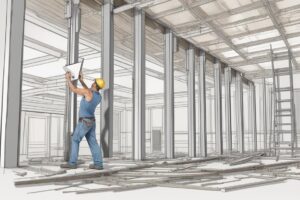
No Comments